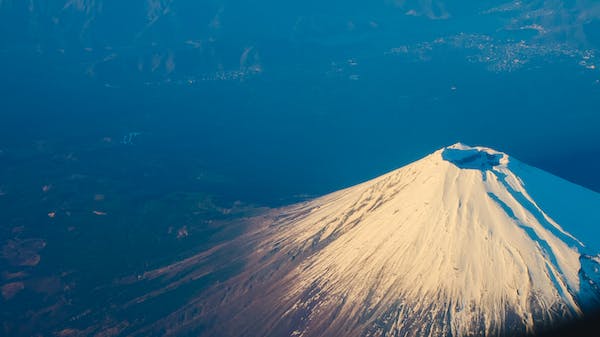If you want a perfect image to represent Japan, then the ideal, snow-capped cone of Mt. Fuji should be number one on your list. Mount Fuji is not just great to look at. It is also a high mountain to climb. In fact, we bet that it is on several people’s bucket lists. If you are one of them, then we suggest that there’s no other perfect time like the present to decide whether or not you should climb Mount Fuji and witness the majestic beauty from its point of view. That’s why if ever you wanted to give it a go, we put up this article to help you along the way while you conquer one of the world’s greatest natural treasures.
Choose Your Trail
There are four different trails that you can take if you want to reach the summit of Mt. Fuji. These are Subashiri or the red trail, Yoshida, who is the yellow trail, Fujinomiya or the blue trail, and Gotemba, which is the green trail. All of these trails are split into 10 stages, and most climbers will have to start from the fifth station of each path.
The Yoshida trail is considered to be the most popular trail among hikers. This is because it has several support facilities such as mountain huts, and this trail is perfect for first-time hikers. But if you want a little bit of challenge or if you’re looking for a quieter climb, then we suggest you try to consider climbing Mt. Fuji using other trails.
The Subashiri trail is known to have several stunning views. It is connected with the Yoshida trail at the eight-station, which makes it another good trail option if you are a beginner. If you are an expert or experienced hiker and you’ve already crested Mt. Fuji once, then we suggest that you try the least crowded but longest route, which is the Gotemba trail or the rocky and steep Fujinomiya trail.
Decide on what time and day you’re going to climb Mt. Fuji
Once you know what route you’re going to take, the next thing that you should decide on is when you should climb Mt. Fuji. For starters, Mt. Fuji’s official climbing season typically begins from July to the beginning of September. The peak time is around the last weeks of July until the end of August because this is the time when the weather is more stable, and schools are on holiday.
After you decide when should you climb Mt. Fuji, then you have to decide on what time should you start climbing the majestic mountain. If you really aim at reaching Mt Fuji’s summit, then we suggest that you start early. However, for most people, one of the best parts is climbing Mt. Fuji is that you get the chance to watch the sunrise from its top. If you want to witness the spectacular view of the morning, then you can start climbing the mountain in the early afternoon and rest at mountain hut before you set off to climb Mt. Fuji in the late evening or after midnight.
Even if renting a room at a mountain hut can cost you a bit more money, it can also help you cope up with the altitude and gives you enough time to rest. Staying in a mountain hut is an excellent option if you are a beginner climber, or you just want to get some rest.
Make sure that you have proper apparel and gears
This is one of the most critical steps that you need to remember because having the right equipment and clothes so that you can have an enjoyable climb. Always remember that the weather on Mt. Fuji can be quite unpredictable and fickle that’s why you should always need to bring your rain gear with you even if there’s not a cloud in sight when you begin your climb. Take note that the temperature will drop dramatically as you ascend, so make sure that you dress in layers that can easily be added or removed just to keep you comfortable along the climb. Along with proper clothes, you should also have appropriate shoes as well. It is perfect if you pick a shoe with ankle support. Keep in mind that your feet can swell a little as you climb, so make sure that your shoes are large enough to accommodate it.
If you are starting your climb at night, bring a head torch with spare batteries so that you can safely climb to the summit in the dark on the rocky trail. Bringing trekking poles can also be useful, especially when you’re going down.
Always remember to bring an ample amount of food and water to keep you fueled for the rest of your climb. You can easily buy food and water at each station in Mt. Fuji but take note that it can be quite expensive. That’s why we suggest that you bring your own food and water before you go.

